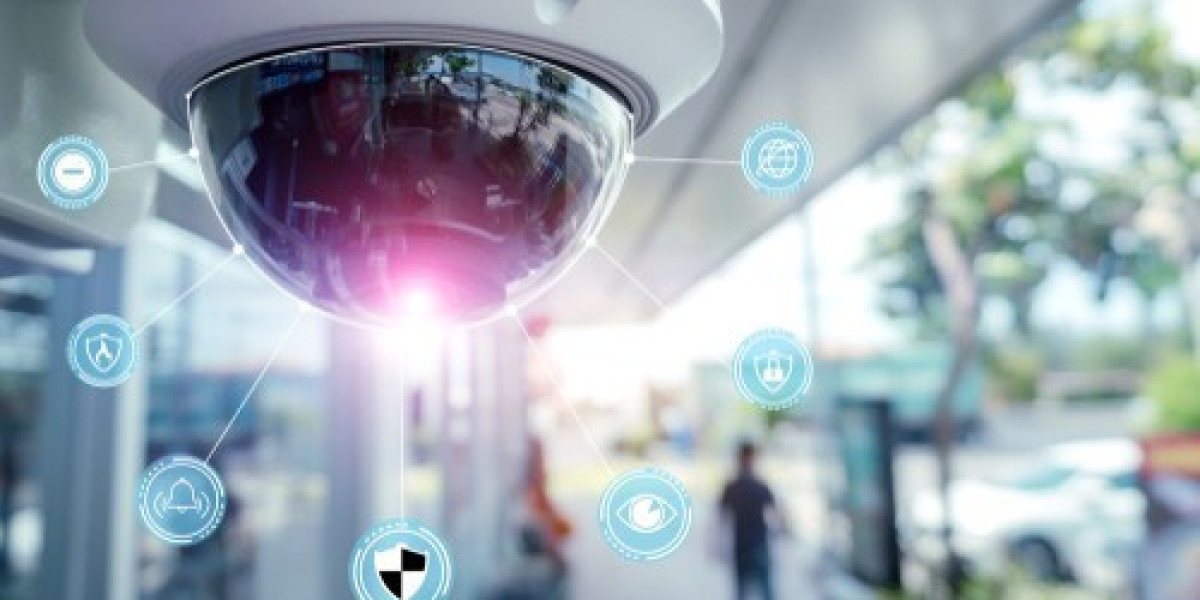Solar energy has become a cornerstone of sustainable power generation, particularly for large-scale installations that contribute significantly to the grid. However, maintaining optimal efficiency in these vast arrays requires diligent cleaning and maintenance. This article explores the best practices and technologies for cleaning large-scale solar cleaning solutions, ensuring they operate at peak performance.
Importance of Cleaning Large-Scale Solar Installations
Maximizing Energy Output:
- Dust, dirt, bird droppings, and other debris can significantly reduce the energy output of solar panels. Regular cleaning ensures that the panels capture as much sunlight as possible, maximizing energy production.
Longevity and Durability:
- Keeping solar panels clean helps to prevent long-term damage that can be caused by accumulated dirt and grime, thereby extending the lifespan of the panels.
Cost Efficiency:
- Maintaining clean panels reduces the likelihood of needing repairs and replacements, ultimately saving costs over the lifespan of the installation.
Best Practices for Cleaning Large-Scale Solar Installations
Regular Monitoring:
- Implementing a monitoring system to track the performance of solar panels can help identify when cleaning is necessary. Drops in efficiency often indicate that cleaning is required.
Scheduled Cleaning:
- Establishing a regular cleaning schedule based on local environmental conditions can help maintain optimal performance. For example, desert areas might require more frequent cleaning due to higher dust levels.
Water Quality:
- Use deionized or distilled water to avoid mineral deposits and streaks on the panels. Hard water can leave residues that reduce efficiency.
Gentle Cleaning Methods:
- Use soft brushes and sponges to avoid scratching the panels. High-pressure washers should be avoided unless they are specifically designed for solar panels.
Avoid Harsh Chemicals:
- Harsh chemicals can damage the surface of solar panels. Use mild, environmentally friendly detergents if necessary.
Safety Protocols:
- Ensure that all cleaning operations follow safety protocols to protect workers. This includes using proper safety gear and adhering to guidelines for working at heights and with electrical equipment.
Advanced Technologies for Solar Cleaning
Robotic Cleaning Systems:
- Automated Robotic Cleaners: These are designed to move across the surface of solar panels, cleaning them with brushes and water or air. They are particularly useful for large installations as they can operate continuously and reach areas that are difficult to access manually.
- Drone-Based Cleaners: Drones equipped with cleaning mechanisms can be used for high or hard-to-reach areas. They offer flexibility and can be deployed quickly to address specific problem areas.
Waterless Cleaning Solutions:
- Electrostatic Cleaning Systems: These systems use static electricity to remove dust and debris from the surface of the panels without the use of water. This is particularly beneficial in arid regions where water is scarce.
- Vibration-Based Systems: These systems use vibrations to shake off dust and debris from the panels. They are an efficient water-free solution for maintaining cleanliness.
Self-Cleaning Coatings:
- Hydrophobic Coatings: These coatings repel water and prevent dirt from adhering to the surface of the panels. Rainwater can easily wash away any accumulated dust.
- Photocatalytic Coatings: These coatings use sunlight to break down organic materials on the panel surface, keeping them clean with minimal maintenance.
Monitoring and Analytics Software:
- Performance Monitoring Systems: These systems use sensors and software to monitor the performance of solar panels in real time. They can detect drops in efficiency and alert maintenance teams to potential cleaning needs.
- Predictive Maintenance Analytics: Advanced analytics can predict when cleaning will be necessary based on environmental conditions and historical performance data, optimizing the cleaning schedule.
Case Studies and Examples
Desert Solar Farms:
- In desert regions, where dust accumulation is a significant issue, automated robotic cleaners have been successfully implemented to maintain panel efficiency without the excessive use of water.
Urban Installations:
- Large-scale solar installations in urban areas benefit from drone-based cleaning solutions, which can quickly address localized dirt and debris without disrupting the surrounding area.
Remote Solar Arrays:
- In remote locations, self-cleaning coatings combined with robotic cleaning systems have proven effective in maintaining solar panel efficiency with minimal human intervention.
Conclusion
Regular and effective cleaning is crucial for maintaining the efficiency and longevity of large-scale solar installations. By adopting best practices and leveraging advanced technologies, solar farm operators can ensure their installations continue to provide maximum energy output. From automated robotic cleaners to self-cleaning coatings, the solutions available today make it easier than ever to keep solar panels in top condition, contributing to a more sustainable and efficient energy future.















